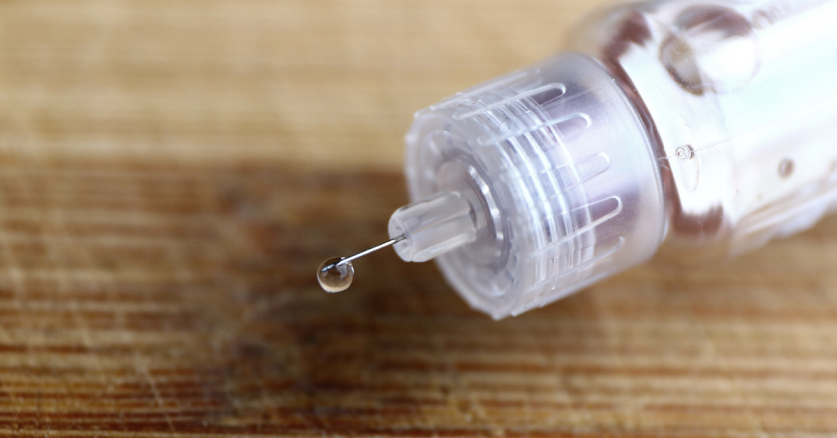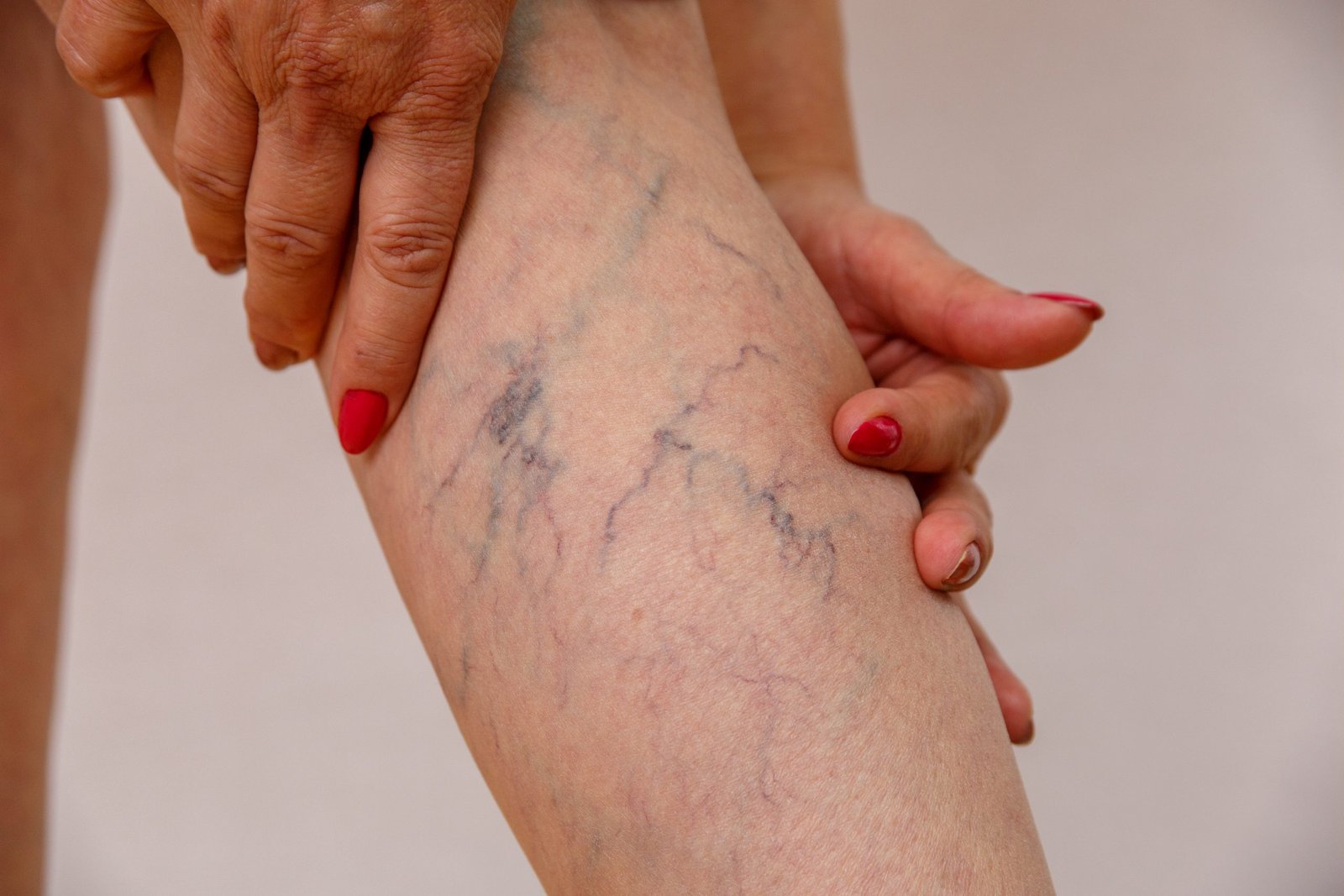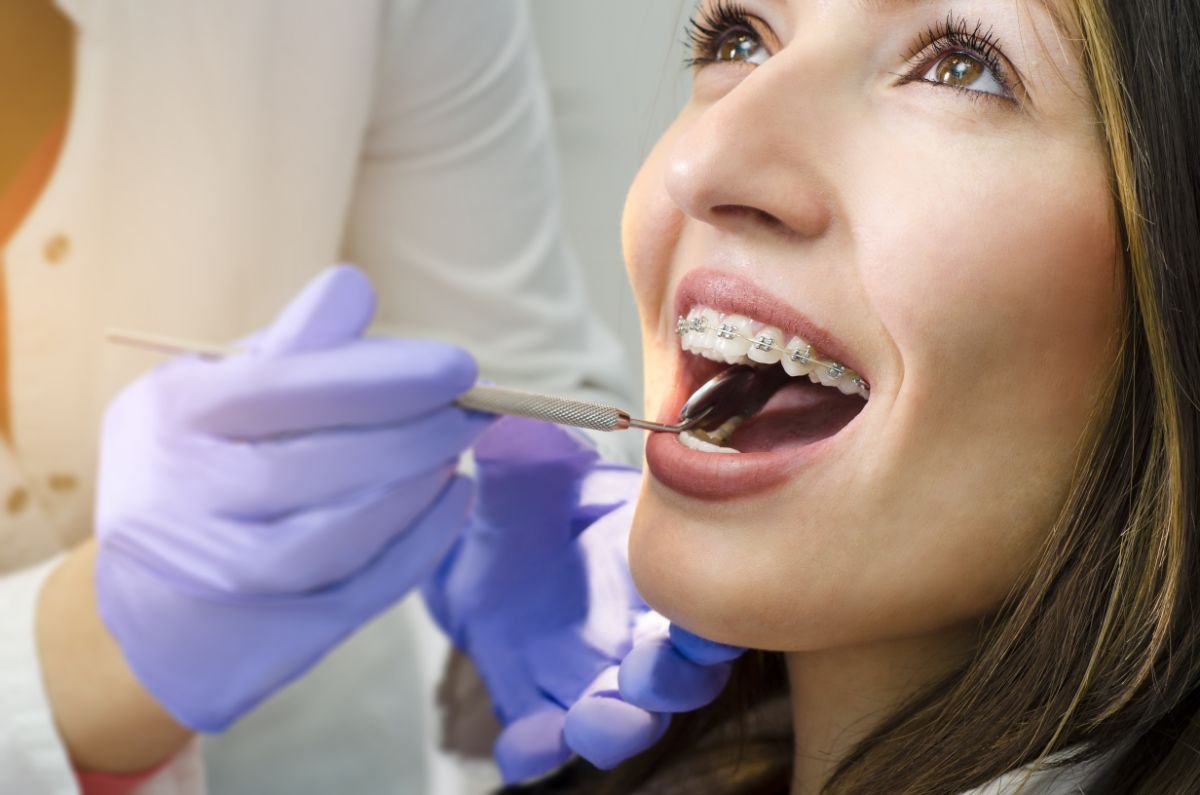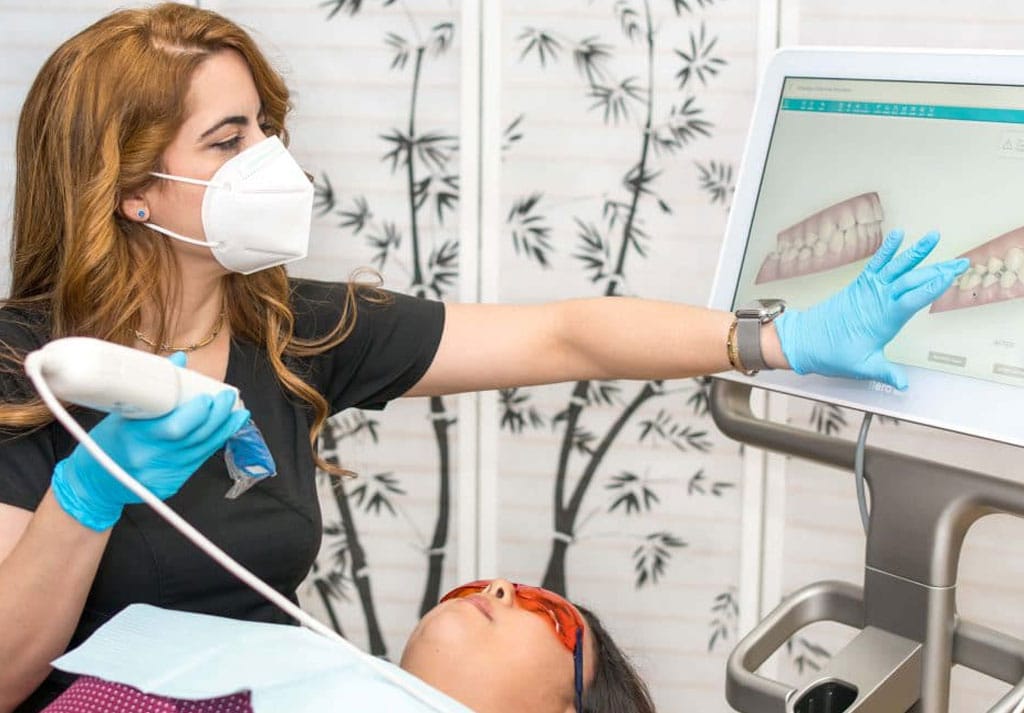The small needle on your insulin pen may seem insignificant, but it’s actually one of the most important features of the pen. Here’s everything you need to know about insulin pen needles, including how they work and why they’re important to help you control your diabetes and stay healthy.
Overview
When it comes to insulin pen needles, there are two main varieties: BD Ultra-Fine Pen Needles and BD PrecisionGlide Pen Needles. As their names suggest, these needles differ from one another in a variety of ways. Both have unique features that set them apart from other brands and make them worthy of consideration if you’re looking for new needles. They’re made by two different companies—BD Medical, which produces BD Ultra-Fine Pen Needles; and Pfizer Inc., which produces BD PrecisionGlide—and though both companies produce good quality products, we believe that when comparing their pen needles head-to-head there are some slight advantages to each brand… [continue]
What are Insulin Pens?
Insulin pens are fast becoming one of your best options for treating diabetes. In fact, they’re now routinely recommended over insulin shots by many doctors and endocrinologists. This is good news for people who struggle with needle phobia, as a pen needle is often easier to handle than those found on traditional insulin vials and pens. An insulin pen can also be more cost-effective over time when compared to using syringes, especially when compared on a per-unit basis. But before you buy an insulin pen, you’ll want to make sure it’s compatible with your type of insulin (or vice versa). You also need to choose between two different types of pens: prefilled vs. non-prefilled devices . Both options have their pros and cons.
How Do I Choose A New Syringe?
Beginners and longtime diabetics alike wonder how they can best choose a syringe. Typically, it is all about size: You want a syringe that will easily fit your needles, as well as your comfort level. Many people tend to favor BD ultra fine pen needles, but do you know why? Let’s take a closer look at one of their most popular offerings to see if it is right for you. We’ll also consider some other potential options as well!
Which Point Style Should I Pick?
There are three main types of insulin pen needles available on today’s market: sharp, standard and safety. Sharp needles come with a permanent needle attached to their pen. Standard needles can be used interchangeably among pen devices as you change from dose to dose, so you don’t have to worry about running out of sharps at an inopportune time. You can also try changing your pen needle every day for a week or two, although some people find that doing so can irritate their skin over time. Ultimately, it comes down to individual preference—both in terms of comfort and cost-effectiveness. For those who do choose standard point style needles, make sure they’re still within their labeled expiration date!
Why Use a Pen Needle Instead of Vials?
The vial option has its advantages. For example, if you want to use a pen needle with multiple vials of insulin, it’s easy enough to just purchase several pen needles (and a compatible syringe). But what if you want something more portable? This is where pens really shine. Using a pen needle instead of vials allows for easier transport and access to your insulin. At home or at work, you can simply grab your pen and pop in a new needle as needed – no worrying about transporting glass vials or keeping them in a safe place that’s away from heat or cold.
What is insulin degradation and why should I care?
One of insulin’s biggest hurdles is something called insulin degradation. Basically, it’s any process that changes your insulin from its original, therapeutic form into a slightly different version of itself. These changes can happen when insulin comes in contact with water and oxygen, either before or after you use it. The unfortunate side effect is that once your insulin has been degraded it no longer has quite as strong an effect on controlling blood sugar as pure, intact insulin would. That’s why keeping track of how long your vials and pens have been around before using them is so important—the more degraded your insulin is when you inject it, the less effective it will be at lowering blood sugar levels over time and reducing complications associated with diabetes.
Are Point Types Necessary?
As a rule of thumb, most users prefer shorter needles. If you’re using an insulin pen with disposable needles, then you should use a needle that is long enough to reach your required dosage without causing discomfort. Longer needles should not be use because they do not provide any added value. For example, insulin pen needles that are longer than 0.5 mm or 3/64 will lose their sharpness faster and are more likely to cause damage during insertion into skin.
Can I reuse my pen needles?
If you’re currently using a syringe, you may be wondering how pen needles differ. With a syringe, you will fill it with insulin then poke yourself multiple times in order to draw out your dose. You can use these syringes for about a week before needing to replace them; however, with pen needles, they are disposable and need to be replace after each use. While both of these devices serve essentially the same purpose (administering your daily dosage of insulin), there are some other factors that might make one option better for you than another. It is important that if switching from syringes to pens, or vice versa, that you consult with your doctor first so he or she can help answer any questions or concerns.
Are there any other considerations?
Yes, there are a couple of other considerations when it comes to needles. When you’re using an insulin pen or using cartridges, you’ll have to make sure that your needle is compatible with both your pen and cartridge. For example, if you’ve got a Humalog FlexPen (cartridge), you’ll need a Humalog syringe (needle). When it comes time for disposal, check out how insulin needles are dispose of in your area—and always make sure that kids and pets can’t get into them. It’s not uncommon for needles from insulin pens or cartridges to be left around and available for accidents like these. If an accident does happen with one of these supplies (whether accidental injection or playing doctor), seek medical attention immediately!










